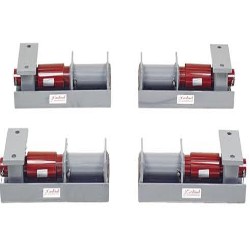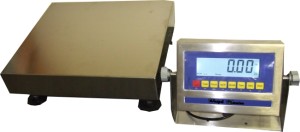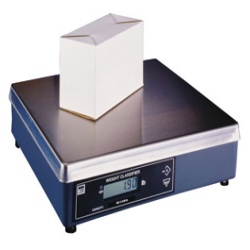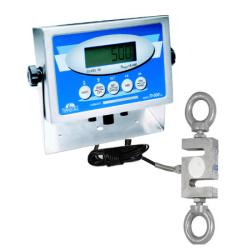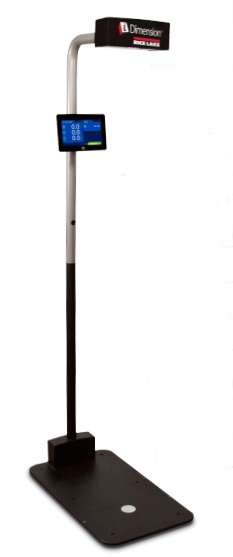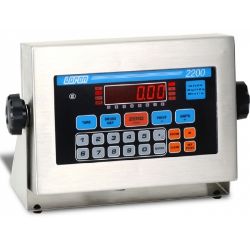Cardinal Scale Manufacturing has a wide variety of Made in America load cell kits which allow you transform almost any vessel or platform into an integrated weighing system. A few simple things need to be considered when choosing the right system. We’ll also discuss the proper installation and setup methods to use.
Whether utilizing beam, tension, or compression cells in either analog or hydraulic configurations, Cardinal load cell kits give you flexible options to help solve many weighing applications.
To determine the total capacity of the system, you first need to know the total weight of the structure that the load cell stands will be supporting (dead load).
Add the anticipated maximum system live load to the actual dead load, and that total will be the necessary minimum system capacity. Normally, you want to divide this total by the number of load cells and then go up to the next largest size available load cell.
For example, let’s say a tank has an empty weight of 22,000 lb and an anticipated live load of 100,000 lb for a total combined load of 122,000 lb. Using four load cell stands, each cell will be seeing 30,500 pounds of anticipated weight. We would normally use a 50,000 pound load cell in this application. Since many times these systems are under a continual long-term load it is not uncommon for load cells to be almost twice the necessary capacity in order to help reduce signal creep.
Installation of load cell kits begin by determining if the floor (in the case of stand assemblies) or the building structure (for tension systems) is strong enough to bear the anticipated load. If not, piers or footings may be needed or additional support structures added. For all overhead suspension type systems, safety chains must be provided locally to bear any anticipated load due to component failure.
After the system is assembled, it is necessary to make sure that all of the load cells are taking equal dead load to the extent that it is possible. After the millivolt readings are as close as possible, secure the load cell stand assembles. Grouting the stands in place is the preferred method for long-term accuracy.
Most Cardinal Scale load cell stand kits come with checking designed into the stand itself. Depending on the device, some applications may require additional checking. Mixers and blenders are examples of devices that may need additional checking. Also, very tall tanks or hoppers may require additional restraints due to wind load on the structure.
Many systems using load cell kits require the connection of electrical supply or control wiring, as well as pipes and supply augers. Discharge chutes or pipes are used to get material out of the tank or hopper. It is very important to understand that anything connected to the scale structure must be installed with flexible couplings so that no path is present for force to be shunted off to ground during the weighing process. The more items that are connected to the structure the harder it is to get accurate weights.
For more information, contact the sales team at Central Carolina Scale (919) 776-7737

